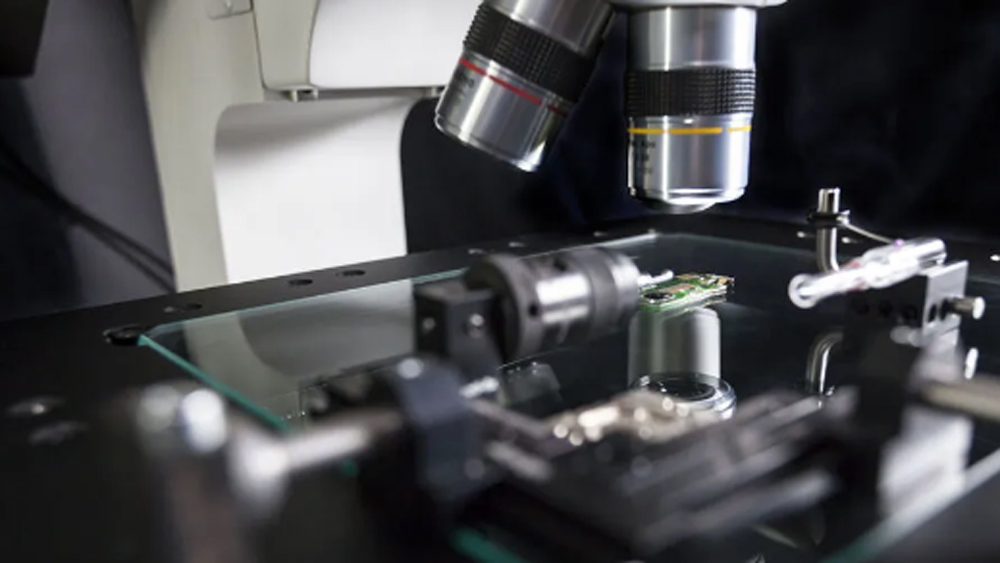Understanding the basics of different microscope types and the factors that matter most for your use case is essential.
Choosing the right microscope for your application is no small feat. It’s a decision that requires a deep understanding of the task at hand and the tools available to you. From magnification to resolution, and from ease of use to customization options, there are several aspects to consider when choosing your microscope. This guide can assist you in making an informed decision, introducing the different types of microscopes and the factors to consider.
|
ADVERTISEMENT |
First, it’s important to understand the basic types of microscopes and their applications: stereo microscopes, compound microscopes, digital microscopes, and measuring microscopes.
Stereo microscopes
Stereo microscopes, also known as dissecting microscopes, are distinct in their ability to provide three-dimensional views of the specimen. This is achieved by having two separate optical paths (one for each eye), each providing a slightly different viewing angle. As a result, stereo microscopes yield an image with perceptible depth and a three-dimensional feel.
…

Add new comment